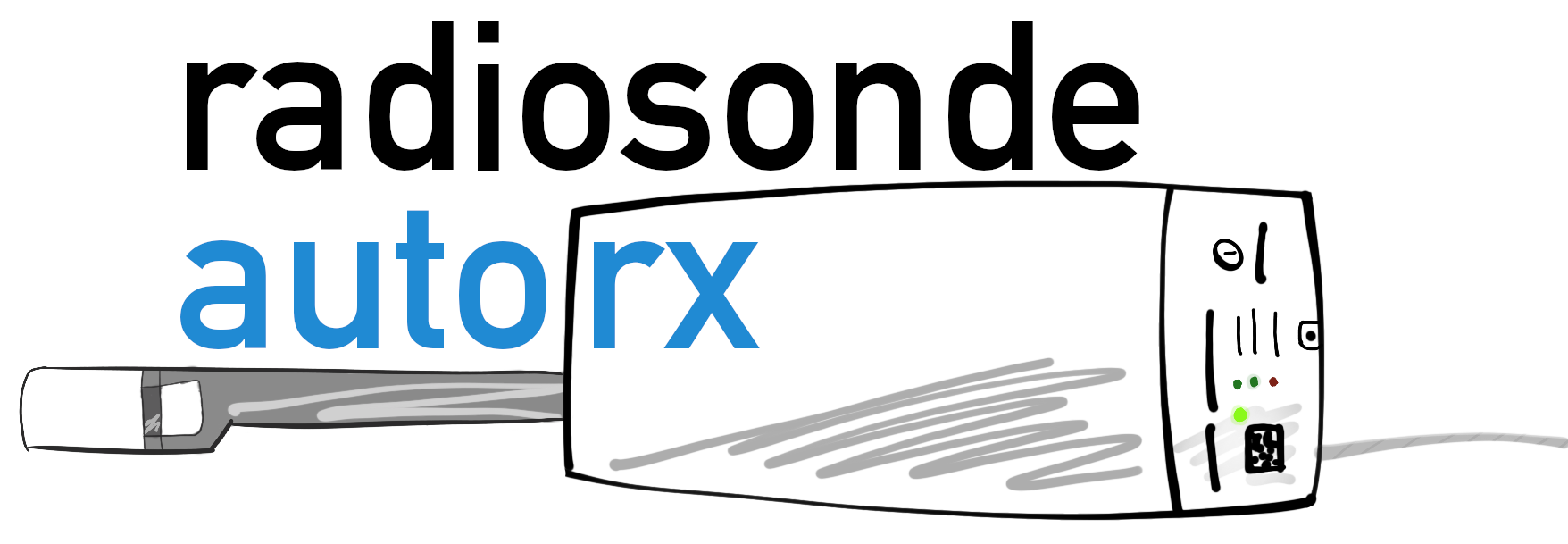v1.2.3 release - Handle DFMxB sondes, fix some blocklist issues. |
||
|---|---|---|
| auto_rx | ||
| demod | ||
| imet | ||
| m10 | ||
| meisei | ||
| mk2a | ||
| scan | ||
| utils | ||
| .gitignore | ||
| Dockerfile | ||
| README.md | ||
| autorx.png | ||
README.md
Automatic Radiosonde Receiver Utilities
Please refer to the auto_rx wiki for the latest information.
This fork of rs1279's RS codebase provides a set of utilities ('auto_rx') to allow automatic reception and uploading of Radiosonde positions to multiple services, including:
-
The Habitat High-Altitude Balloon Tracker
- Please note the HabHub Tracker now filters out radiosondes by default. To view the radiosondes again, clear the search field at the top-left of the tracker of all text, and press enter. Alternatively, use our front-end to HabHub at: https://sondehub.org/
-
APRS-IS (for display on sites such as aprs.fi
-
ChaseMapper and OziPlotter, for mobile radiosonde chasing.
There is also a web interface provided (defaults to port 5000), allowing display of station status and basic tracking of the sonde position.
Currently we support the following radiosonde types:
- Vaisala RS92
- Vaisala RS41
- Graw DFM06/DFM09/DFM17/PS-15
- Meteomodem M10 (Thanks Viproz!)
- Intermet iMet-4 (and 'narrowband' iMet-1 sondes)
- Lockheed Martin LMS6 and Mk2a
- Meisei iMS-100
Support for other radiosondes may be added as required (please send us sondes to test with!)
This software performs the following steps:
-
Use rtl_power to scan across a user-defined frequency range, and detect peaks in the spectrum.
-
For each detected peak frequency, run the rs_detect utility, which determines if a radiosonde signal is present, and what type it is.
-
If a radiosonde signal is found, start demodulating it, and upload data to various internet services.
-
If no peaks are found, or if no packets are heard from the radiosonde in a given amount of time (2 minutes by default), go back to step 1.
The latest version can make use of multiple RTLSDRs to allow for tracking of many radiosondes simultaneously. The number of simultaneous radiosondes you can track is limited only by the number of RTLSDRs you have setup!
Refer to the wiki for the latest updates, and installation/setup instructions.
This software is under regular development. Please update regularly to get bug-fixes and improvements!
Contacts
You can often find us in the #highaltitude IRC Channel on Freenode.
